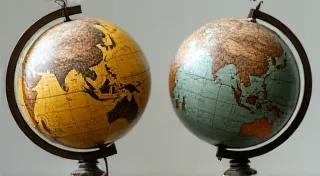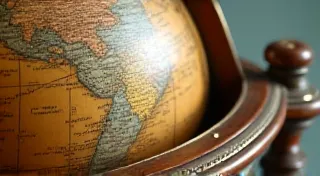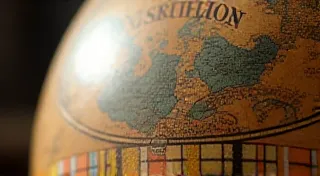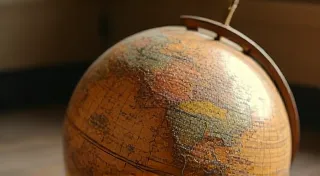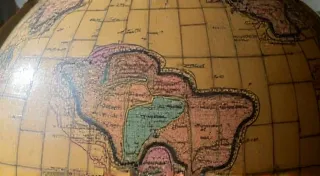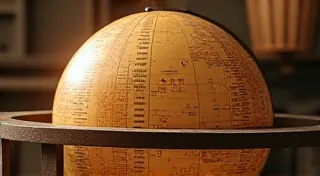Replacing Missing Globe Paper Sections: When and How
A hallmark of many antique globes is the gradual degradation of their paper maps. Tears, fading, and unfortunately, missing sections are common. While preservation is always the priority, sometimes replacement of missing sections is the only way to ensure the globe’s structural integrity and legibility. This guide will help you determine when replacement is necessary and provide detailed steps for performing the repair.
Is Replacement Truly Necessary?
Before reaching for replacement paper, carefully consider the extent of the damage. Minor tears and small losses can often be repaired using Japanese tissue and archival adhesive (refer to our guide on paper consolidation). However, significant missing sections, particularly those affecting structural support or major geographical features, often warrant replacement.
Ask yourself these questions:
- Is the missing section large (over 2 inches across)?
- Does the loss affect a vital structural component of the globe?
- Is the area crucial for identifying geographical features?
- Is the existing paper so fragile that any attempt at repair would cause further damage?
If you answered “yes” to several of these questions, replacement is likely the best course of action. Understanding the nuances of globe restoration ethics can also inform this decision – a deeper dive into those principles can be found in our article on Ethical Considerations in Antique Globe Restoration.
Gathering Your Materials
Success in globe paper replacement hinges on meticulous material selection. Here’s what you’ll need:
- Matching Paper: This is *critical*. The paper must be as close as possible to the original in terms of weight, texture, and color. Archival-quality linen or cotton rag paper is generally a safe choice. Research the original globe's paper type if possible. Consider how the process of reattaching loose paper compares to replacement – our guide on Repairing Loose Globe Paper: Securing the Map Without Damage explores other preservation options.
- Archival Adhesive: Methylcellulose adhesive (Methylcellulose paste) is your safest bet. It’s reversible and won't damage the original paper.
- Japanese Tissue: Thin, strong tissue for supporting the new paper during application.
- Soft Brushes: For applying adhesive evenly.
- Scalpel or Razor Blade: For precise cutting.
- Bone Folder: For smoothing and burnishing.
- Gloves: To prevent oil from your hands from contaminating the paper.
- Exacto Knife/Utility Knife: For cutting the paper carefully.
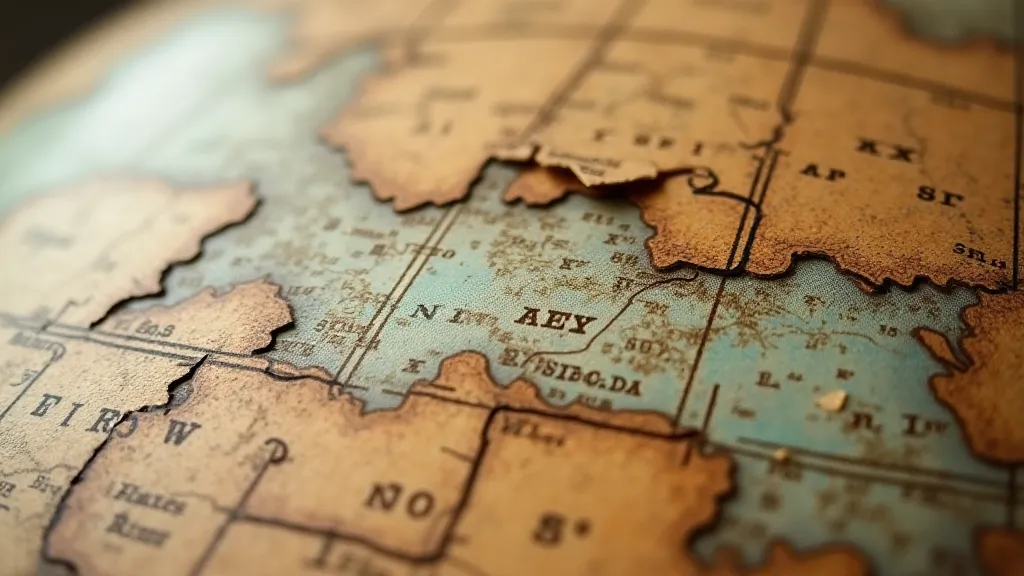
The Replacement Process – Step-by-Step
- Create a Template: Carefully trace the missing section onto a piece of tracing paper. This serves as your template for cutting the replacement paper.
- Cut the Replacement Paper: Using your template, cut the replacement paper with the scalpel or razor blade. Precision is key to a seamless repair. Slightly overlap edges if you are matching patterned paper.
- Prepare the Globe Surface: Clean the area around the missing section with a soft brush to remove any loose debris.
- Apply Adhesive: Using a soft brush, apply a thin, even layer of methylcellulose adhesive to both the back of the replacement paper and the area of the globe where it will be attached.
- Position and Secure: Carefully position the replacement paper onto the globe, aligning it precisely with the original map. Gently press the paper into place, working from the center outwards.
- Reinforce with Japanese Tissue: Cover the repaired area with a layer of Japanese tissue, dampened with water. This provides extra support and helps to bond the new paper to the original.
- Smooth and Burnish: Using the bone folder, gently smooth the repaired area, removing any air bubbles and ensuring a flush surface.
- Allow to Dry: Let the repaired section dry completely under a weight to prevent warping.
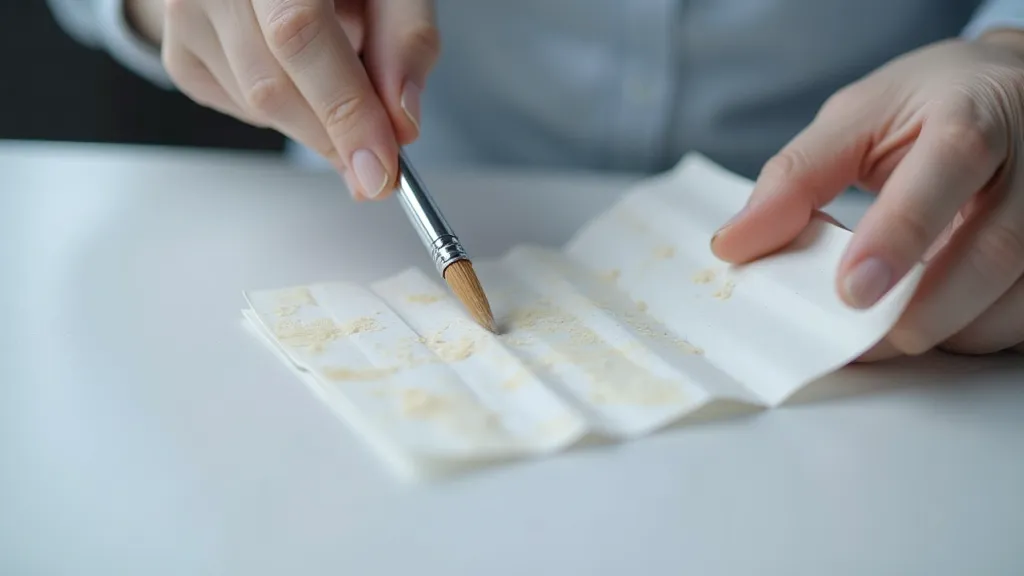
Important Considerations
The aged appearance of antique globes is often a significant part of their charm. Preserving that patina requires careful consideration, and our guide on Preserving the Patina: Maintaining the Aged Appearance of Antique Globes offers valuable insights.
- Color Matching: Reproducing the exact original color can be difficult. Consider using diluted inks or stains to slightly tone the new paper to better match the aged appearance of the existing map. (Note: this is an advanced technique and should only be attempted by experienced restorers).
- Seam Blending: The seams between the replacement paper and the original map will likely be visible. While perfect invisibility is unlikely, skillful application and careful blending can minimize their appearance.
- Documentation: Keep meticulous records of your repair, including the materials used and the techniques employed. This is important for future conservation efforts. Knowing the history of globe manufacturers can also add context to your documentation – learn more in our article on Identifying Globe Publishers: A Historical Overview.
- Seeking Professional Help: Significant or complex repairs are best left to experienced globe restoration professionals. Attempting repairs beyond your skill level can cause irreversible damage.
The selection of suitable replacement paper extends beyond simple color matching. Paper deterioration is often influenced by a complex interplay of factors including light exposure, humidity, and the inherent qualities of the original paper stock. Further research into the publisher and age of the globe can often provide clues to the original paper type, allowing for a more authentic restoration. For instance, globes produced during the 18th century frequently utilized laid paper, while later examples might incorporate wove paper.
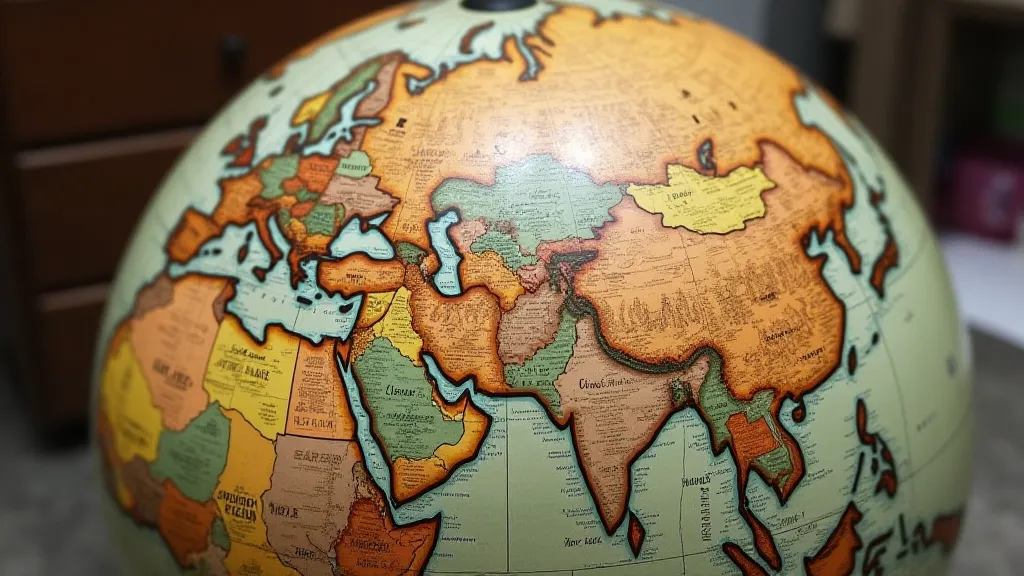
Replacing missing globe paper sections is a challenging but rewarding process. With careful planning, the right materials, and a steady hand, you can help preserve these valuable pieces of cartographic history. Consider consulting with a professional if you are unsure about any aspect of the repair process – their expertise can be invaluable in ensuring a successful and long-lasting restoration. Beyond the immediate repair, proper storage and environmental controls are essential for preventing future deterioration and maintaining the beauty and integrity of your antique globe.
